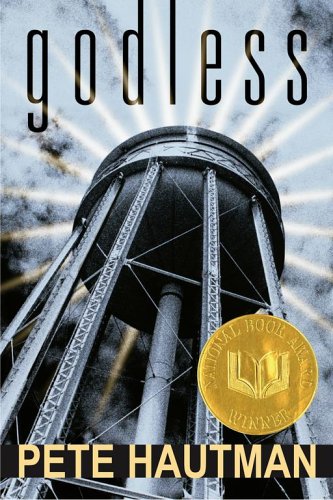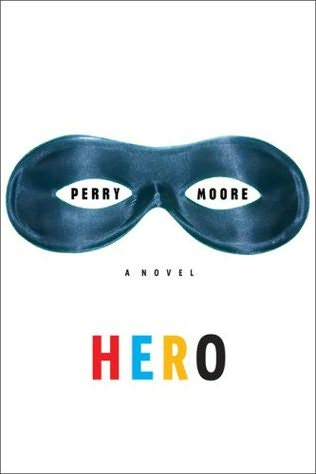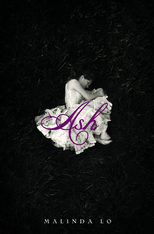
The Forest of Hands and Teeth
by Carrie Ryan
As a Pittsburgher born and bred, some might think I would have a great appreciation for the zombie genre created by hometown boys George Romero and Tom Savini, but aside from greatly enjoying The Walking Dead, I am not really a fan of zombies or of horror, in general. However, when I heard the premise of The Forest of Hands and Teeth, I was intrigued, as it transported the genre to a puritanical society steeped in secrecy.
Unlike many works about the zombie apocalypse, Ryan's debut novel is set a century or more after the initial outbreak, rather than at its onset. The protagonist, a teenage girl named Mary, has never known the world outside of her small village, which is surrounded on all sides by the Unconsecrated, as the zombie population is called. They are protected by a fence that was constructed at the village's founding, and most villagers believe they are the only people left in the world. As such, the people of the village are expected to marry at an early age and aid in the repopulation process.
When Mary's mother is bitten by an Unconsecrated, she is forced to join the Sisterhood, the religious organization that presides over the village, as she has not been claimed as a bride. While there, she is spoken to by Gabrielle, an outsider that somehow made her way to Mary's village, which, along with a few other events I do not wish to spoil, leads Mary to journey outside of her village.
I cannot stress enough how unlikable the heroine in this book was! She is ridiculously selfish, to the point where I honestly didn't care if she lived or died. Despite having the love of a boy she was childhood friends with, Mary prefers his brother, who she still pursues despite his engagement to her best friend. When the group finds a refuge from the Unconsecrated, Mary is unsatisfied and insists that the group keep moving forward. She just seems to take everything she has for granted, and I was extremely frustrated with her. Why is it that so many YA writers have been creating such wretched female protagonists as of late?
Aside from the characterization of Mary and the inexplicable love all major male characters seem to have for her, this was a fantastic debut. The pace was a bit languid for the first five or so chapters, but it picked up significantly following the introduction of Gabrielle. The writing was gloomy and atmospheric, and though description could be sparse, especially where the characters themselves were concerned, it suited the book well.
Unfortunately, there were many loose ends at the conclusion of the novel. No reason is ever given for the outbreak of the Unconsecrated, for example. Ryan has since written two other companion novels (The Dead-tossed Waves and The Dark and Hollow Places), but if the protagonists are anything like Mary, I do not intend to read them.
Grade: B













